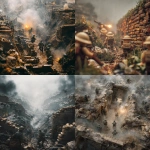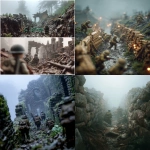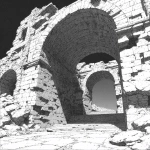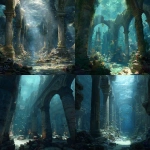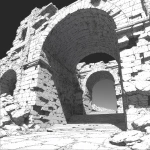Explore the Best AI Image Gallery
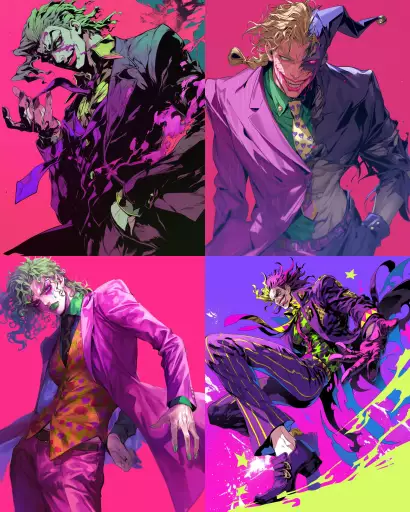
Imagination Unleashed: How AI Image Generators are Reshaping the Creative Landscape
The world of art and design is undergoing a seismic shift with the emergence of AI image generators. These powerful tools, fueled by machine learning algorithms, can create stunning visuals from simple text prompts, blurring the lines between human creativity and artificial intelligence.
This revolution has ignited both excitement and apprehension within the creative industry. While AI image generators offer unprecedented possibilities for artists, designers, and businesses, they also raise ethical questions about authorship, originality, and the future of human creativity.
Unlocking Creative Potential: Applications Across Industries
The applications of AI image generators are vast and rapidly expanding. Here are just a few examples:
- Advertising and Marketing: Generate eye-catching visuals for campaigns, social media content, and product mockups with ease and speed.
- Design and Illustration: Create unique artwork, concept designs, and illustrations for books, websites, and other projects.
- Film and Entertainment: Generate backgrounds, props, and characters for films, animations, and video games, streamlining production processes.
- Education and Research: Visualize complex data, create educational materials, and explore new ideas through interactive imagery.
- Personal Expression: Empower individuals to express their creativity through personalized art, avatars, and digital creations.
Navigating Ethical Considerations
As with any powerful technology, AI image generators raise ethical concerns that must be addressed thoughtfully:
- Authorship and Copyright:** Who owns the copyright to AI-generated images? Is it the user who provides the prompt, the developer of the AI tool, or the AI itself?
- Bias and Representation: AI algorithms are trained on vast datasets that can contain biases. This can result in AI-generated images that perpetuate harmful stereotypes or lack diversity.
- Misuse Potential:**
AI image generators could be used for malicious purposes, such as creating deepfakes or spreading misinformation.
It is crucial to establish guidelines and regulations that ensure responsible development and use of AI image generation technology.
The Future of Creativity: Collaboration Between Humans and AI
The future of creativity likely lies in a collaborative relationship between humans and AI. AI image generators can augment human capabilities, freeing artists and designers from tedious tasks and enabling them to focus on higher-level concepts and creative vision.
By embracing this partnership, we can unlock new frontiers of artistic expression, push the boundaries of imagination, and create truly innovative works of art that blend the best of both worlds: human ingenuity and artificial intelligence.
Key Takeaways
- AI image generators are transforming the creative landscape, offering exciting possibilities across various industries.
- It is essential to address ethical concerns surrounding authorship, bias, and misuse potential.
- The future of creativity lies in a collaborative partnership between humans and AI, where each complements the others strengths.
](https://images.ai-img.art/thumbnails/150/44b76c49c47b4c47f13eac7883c63827d3f89aa77fe64ce0cbecb9d3ce434499.webp)

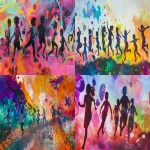
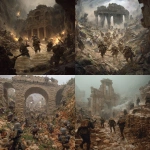
](https://images.ai-img.art/thumbnails/150/c2241c1eabdcb7b9a98be19a7e8d850b6cffe0e0c91c1ccda8dd807e2a96b187.webp)

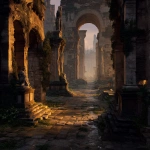
](https://images.ai-img.art/thumbnails/150/09ccae5e68e2b6da6b5da87ef69f7eb09e80c99ca39ba886c5c3773cbb3b89ba.webp)
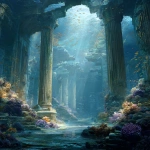


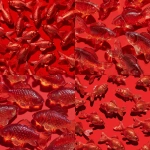


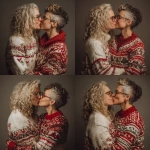

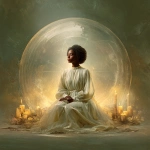
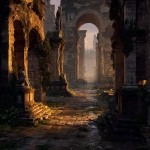

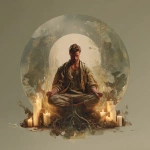
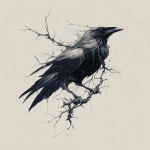

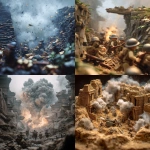
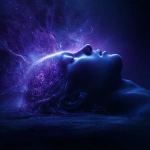
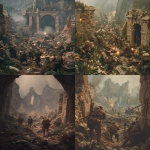

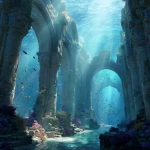

](https://images.ai-img.art/thumbnails/150/c48401bc3fad7ff7f2dbd37b894d3f53cb42d5072dfacb8bfdcdeeef28a29b04.webp)
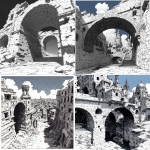



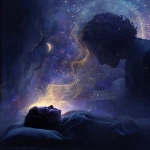


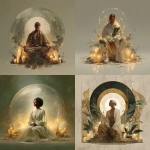
](https://images.ai-img.art/thumbnails/150/47d44e177f427ea6b32f96ea225db96c5158850a0cf01d1bad93e45dd4594430.webp)
